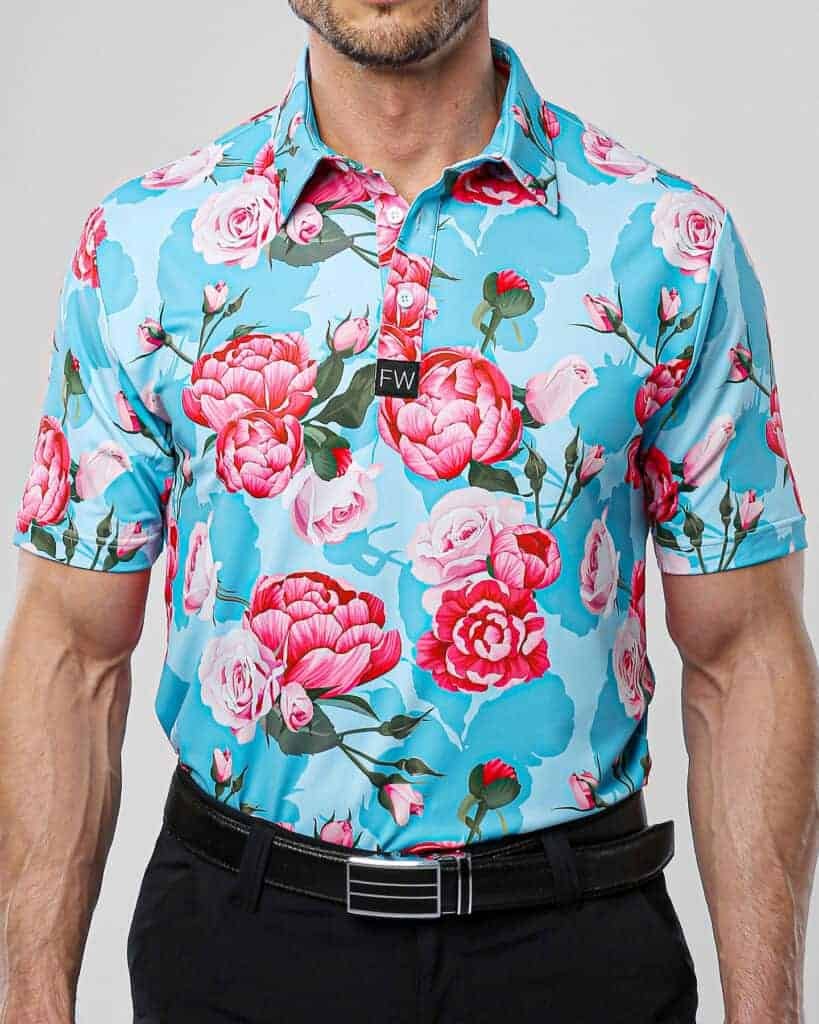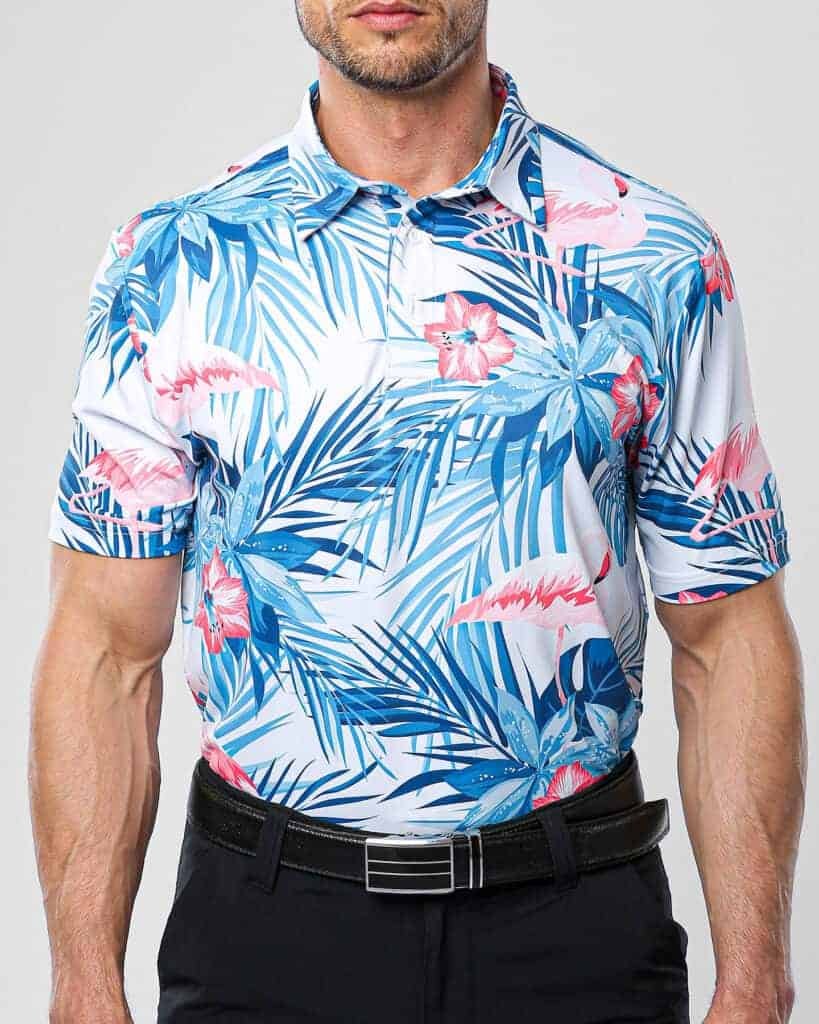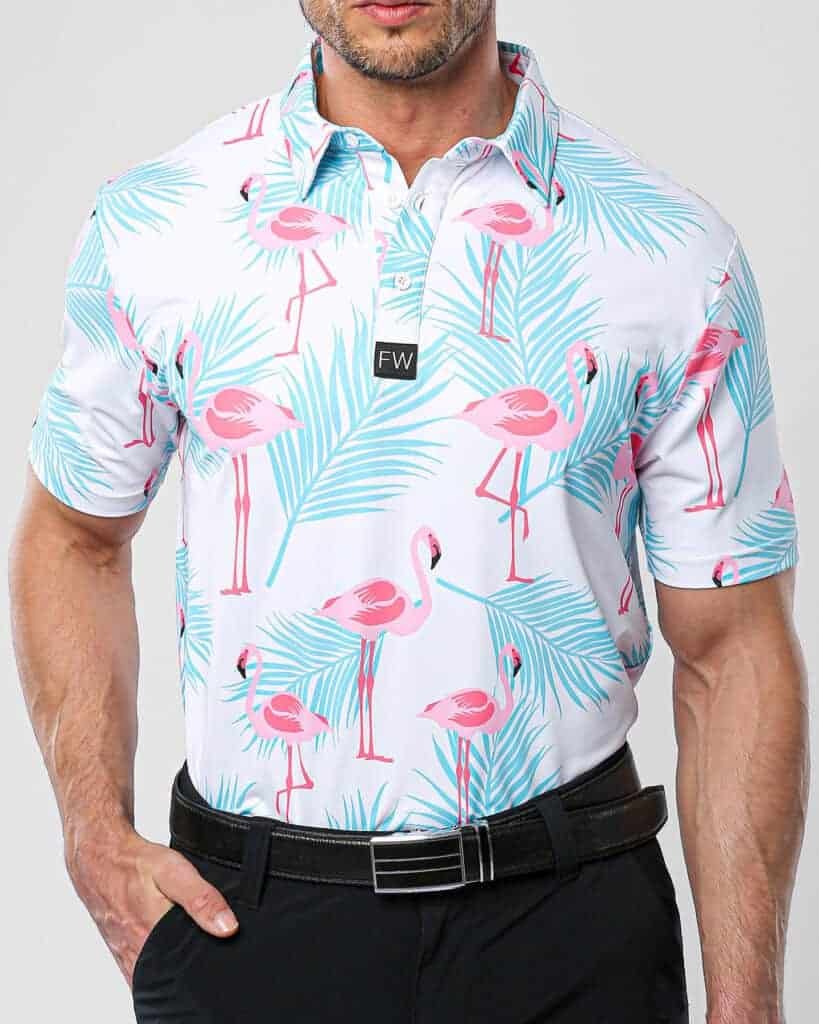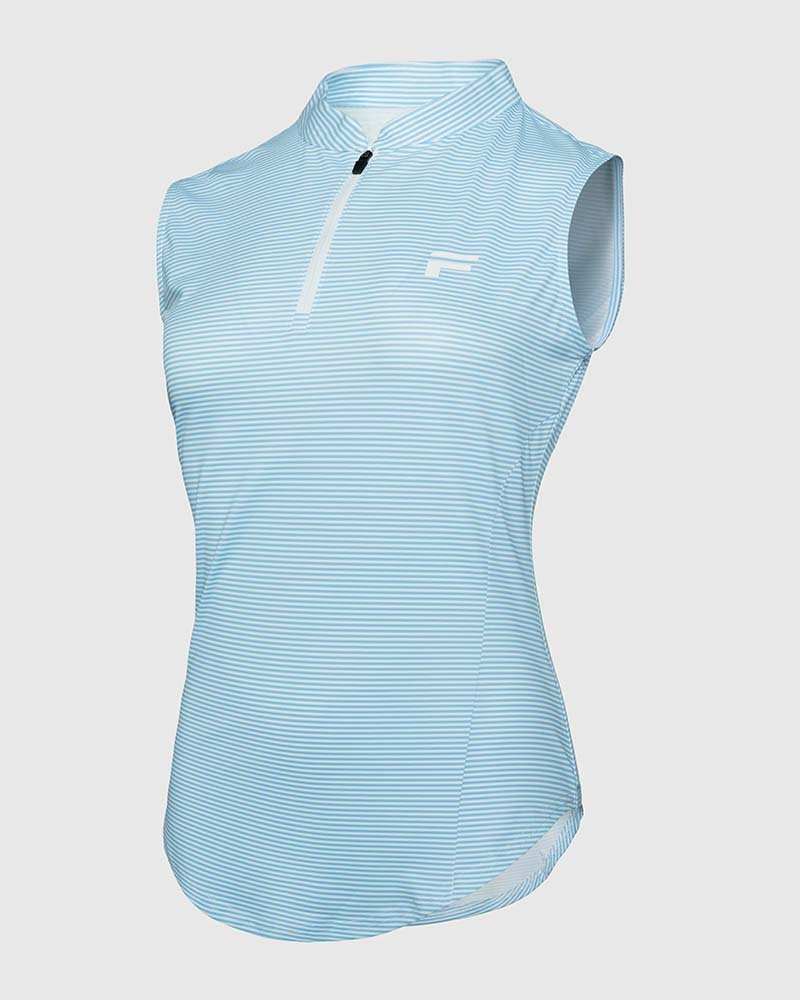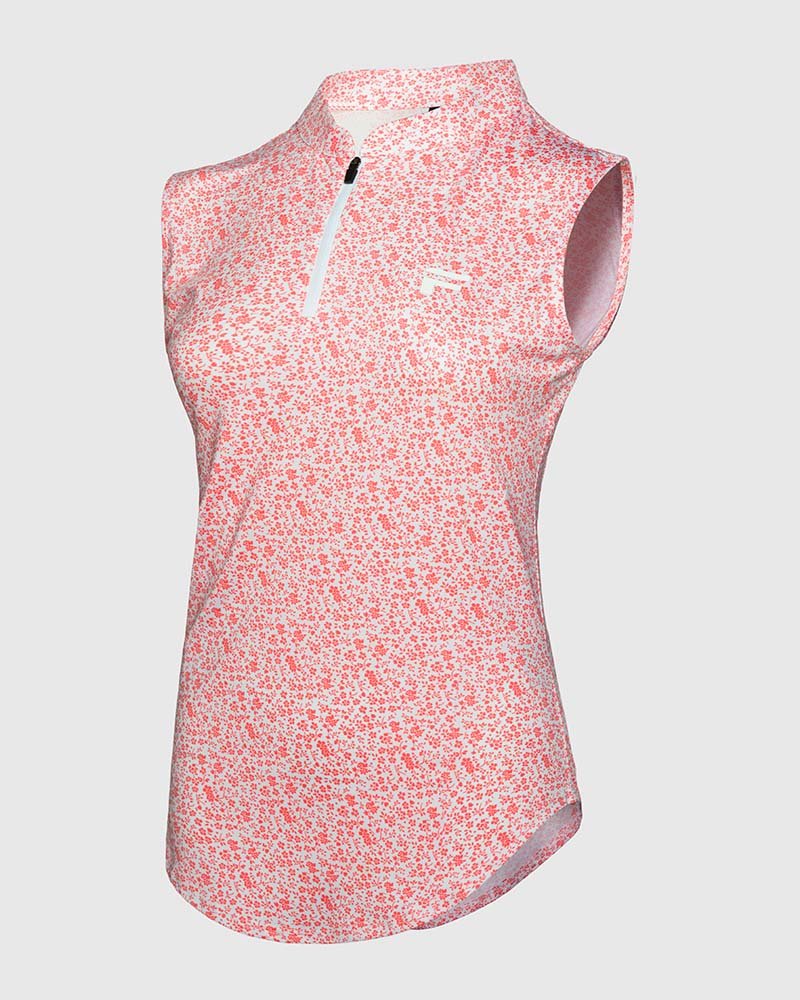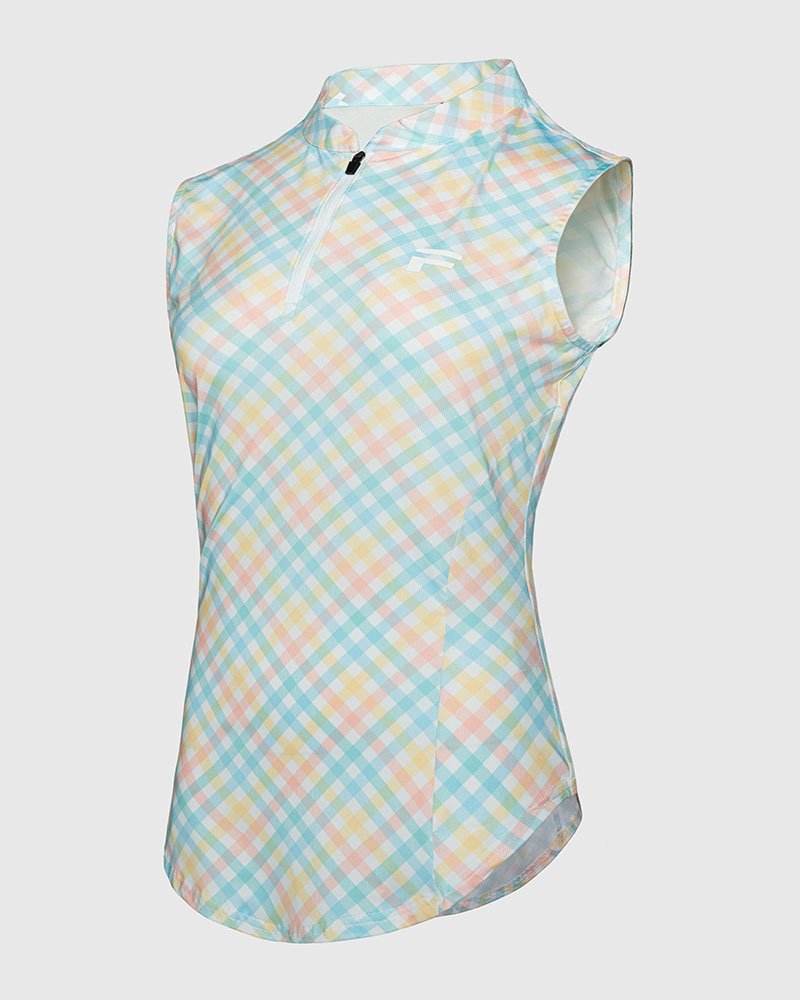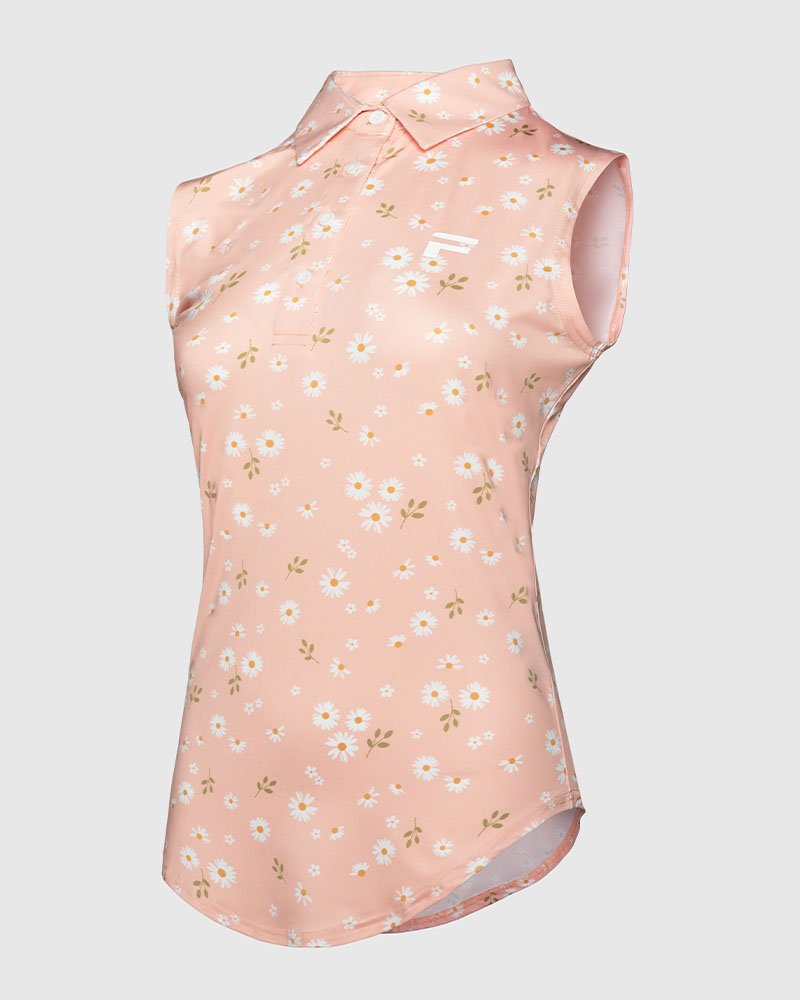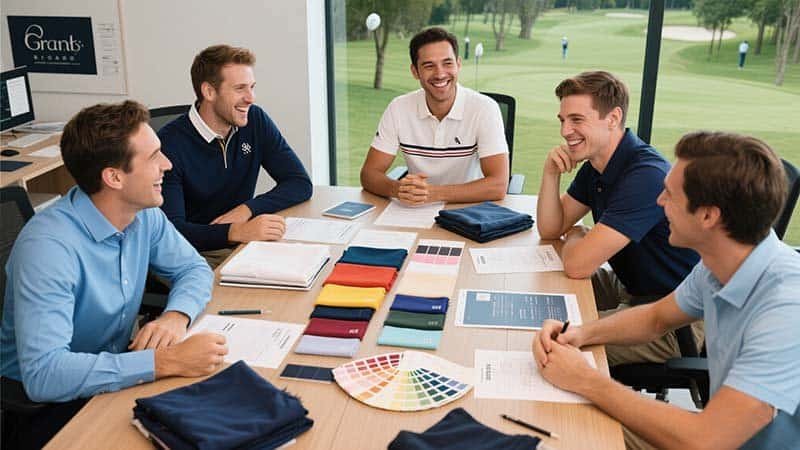
Thinking about launching your own golf shirt brand? Before you place your first order, you need to ask the right questions. Because trust me, what you don’t ask can cost you—big time.
What should I ask before choosing a golf shirt manufacturer?
To ensure your golf apparel brand gets off the ground smoothly, ask about their golf apparel experience, fabric options, customization services, minimums, fit flexibility, quality standards, lead times, and past client work. These questions will help you filter out the wrong partners and find a factory that truly supports your vision.
Here’s the full breakdown of the 8 questions that matter most.
1. Do You Specialize in Golf Apparel Manufacturing?
Not all clothing factories understand the game—literally.
Why golf apparel specialization matters
A specialized manufacturer knows how to engineer shirts that stretch with your swing, stay cool under pressure, and meet performance expectations1. They offer features like UV protection, anti-odor fabrics, and modern cuts that golfers love. It’s the difference between just making polos... and making golf polos.
Golf is in the details
Golfers notice everything—stitching, collar curl, breathability. I’ve worked with both general factories and golf-specific ones, and believe me, the difference is night and day. The good ones understand raglan sleeves, vented hems, and the kind of fabric that won’t rustle during a backswing. Those small things? They matter.
Ask your manufacturer:
- Do you have experience making golf-specific apparel?
- Can you show samples or client references in the golf industry?
- Are you aware of the technical needs (mobility, breathability, stretch) specific to golfers?
2. What Fabric Options Can You Provide?
Fabric is the soul of the shirt. It affects performance and perception.
Top fabric choices for private label golf shirts
Performance blends like polyester-spandex are the gold standard for moisture-wicking and stretch. For a softer, luxe feel, consider nylon blends or eco-friendly options2 like bamboo or recycled polyester. Always check if UV protection, anti-odor, and breathability are available—golfers demand comfort.
Choose fabric based on function and brand vibe
Some golfers want lightweight and ultra-cool, others want a slightly heavier feel with a crisp collar. Here’s what to look for:
- Moisture-wicking: Keeps players dry even in hot climates.
- 4-way stretch3: Essential for swing flexibility.
- UV Protection: Important for outdoor play.
- Anti-odor: Keeps the shirt fresh even after long rounds.
- Eco-friendly options: Appeals to sustainable brands.
Ask if they can source and test fabrics before sampling, and whether they can match existing shirts you like.
3. Can You Handle Customization Like Logo, Labels, and Packaging?
Your brand isn’t just a logo—it’s a whole experience.
Customization services to expect from your factory
From heat-transfer logos to woven neck labels, custom hangtags, and branded polybags—ask what’s included. Great manufacturers can also help with design placement and even mockups. This is how you go from blank polos to a professional, cohesive product line.
The unboxing experience counts
Custom packaging and labels help reinforce your brand identity. Make sure your manufacturer can:
- Add size labels and wash care tags
- Apply embroidered or heat-press logos
- Package shirts in custom polybags or gift boxes
- Include swing tags or QR codes for product stories
This small stuff builds long-term brand equity.
4. What’s Your Minimum Order Quantity (MOQ)?
MOQ can either help your cash flow or kill your first run.
Understanding MOQ when sourcing golf apparel
Factories typically require a minimum order—often 100 to 1000 units per style or color. Ask if they offer lower MOQs for startups or sampling phases. Also check if MOQ is per color, size, or total design. This clarity can save you serious money (and storage space).
Why MOQ flexibility matters
When you’re testing new markets or launching a limited line, you don’t want to commit to massive quantities. Some factories are rigid, but others offer options like:
- Trial MOQs (50–100 pcs)
- Mixed sizes or colors in one MOQ
- Tiered pricing based on quantity
Negotiate clearly, and don’t be afraid to ask for what suits your stage.
5. Do You Offer Size Grading and Fit Customization?
One-size-fits-all? Not in golf.
Why size grading and custom fit 4are crucial
A proper golf shirt must move with the body, not fight it. Ask if the factory offers grading across standard U.S. sizes, as well as tailored fits (athletic, classic, relaxed). You want every customer, from slim teens to big fellas, to feel like it was made for them.
Fit is part of your identity
Different brands stand out through different fits. A youthful brand might want slim, modern cuts. A country club look might need classic proportions. Your factory should:
- Offer standard grading rules
- Allow you to adjust length, chest, shoulder width
- Provide size charts and fitting samples
Better fit = fewer returns.
6. What Are Your Quality Control Standards?
Quality issues don’t just cost money—they damage trust.
How to ensure your shirts meet quality expectations
Look for factories with in-house QC teams and clear inspection processes. Do they check stitching, logo alignment, size specs, and fabric integrity? Do they send reports or photos? A great partner doesn’t just make your product—they protect it.
Ask for a copy of their QC checklist
This shows they’re serious about standards. You can even suggest your own checklist. Things to check:
- Fabric consistency (no pilling, no shade variance)
- Stitch density and durability
- Logo placement accuracy
- Size tolerance (length, chest width)
Also, ask: Can they replace or refund defective units?
7. What’s the Typical Lead Time for Samples and Bulk Orders?
Deadlines matter—especially during launches or peak seasons.
Average timelines for sampling and production
Sampling usually takes 1–3 weeks, and bulk production can range from 30–60 days. Always clarify lead times, and ask about peak season delays. Also confirm if shipping time is included in their estimates—international transit can add weeks.
Create a realistic timeline
Here’s what you might expect:
- Fabric sourcing: 7–10 days
- Sample creation: 10–15 days
- Sample revision: 5–7 days
- Bulk production: 30–45 days
- Shipping: 7–30 days (depending on method)
Build in a buffer—things will come up.
8. Can You Provide References or Show Past Work?
This is where you separate the pros from the posers.
How to verify a manufacturer’s experience
Ask to see product photos, client brands they’ve worked with, or even get in touch with past customers. Reputable factories are proud to show their work. It’s a simple step that gives you massive confidence before committing.
Trust is earned through transparency
If they dodge the question or offer vague answers, be cautious. Look for:
- Brands they’ve worked with (even if under NDA, they can show unbranded photos)
- Sample shirts from previous orders
- Testimonials from other startup founders
The more open they are, the more confident you’ll feel.
Conclusion
Choosing the right manufacturer isn’t just a business move—it’s a brand-defining decision. Ask smart questions now, so you don’t regret anything later.
- Performance expectations shape the design and functionality of golf apparel, ensuring it meets the demands of players. Learn more about this topic here. ↩︎
- Discover sustainable fabric choices for golf shirts that appeal to environmentally conscious brands and consumers. ↩︎
- Learn about the significance of 4-way stretch in golf shirts for improved swing flexibility and overall comfort during play. ↩︎
- Understanding size grading and custom fit is essential for creating golf apparel that meets diverse customer needs and enhances their experience. ↩︎



